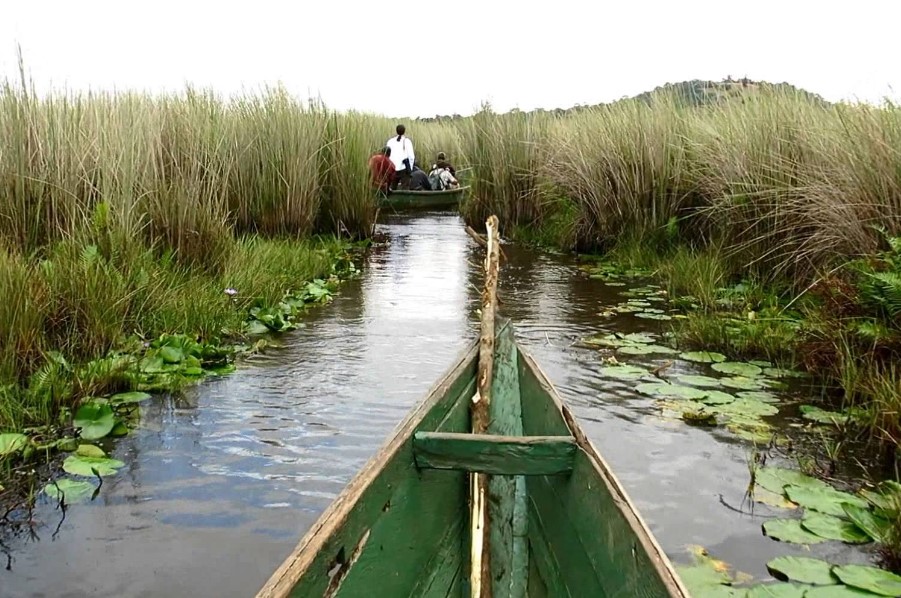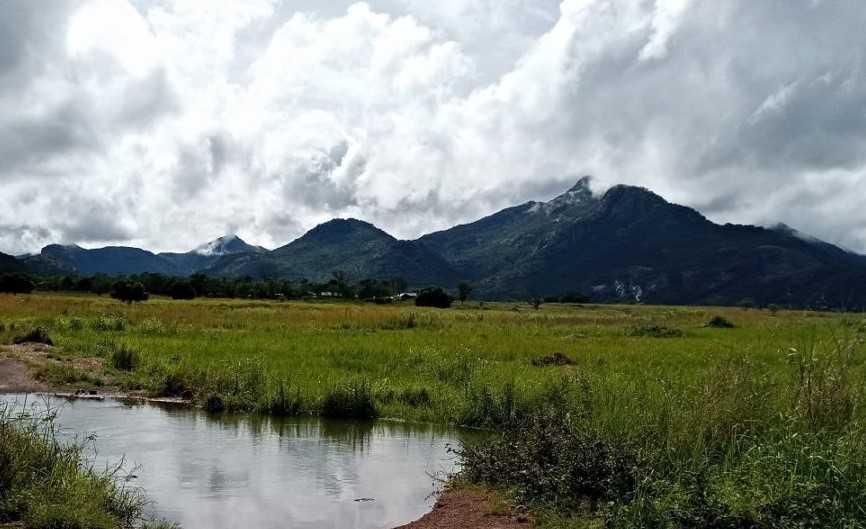Wetlands in Uganda: Biodiversity Hotspots and Ecosystem Services-Uganda, boasts a rich tapestry of natural wonders, from towering mountains to sprawling savannahs. Among these diverse landscapes, wetlands stand out as invaluable ecosystems that provide a wide range of ecological, economic, and social benefits. With an estimated area of over 30,000 square kilometers, wetlands play a crucial role in maintaining the country’s biodiversity, supporting livelihoods, and mitigating the impacts of climate change.
Biodiversity Hotspots
Uganda’s wetlands are vibrant hubs of biodiversity, housing an incredible variety of plant and animal species. These areas are home to numerous species of birds, fish, mammals, and amphibians, many of which are rare or endangered. One of the most iconic inhabitants of Uganda’s wetlands is the shoebill stork, a prehistoric-looking bird that thrives in the swamps and marshes. Other avian species such as herons, kingfishers, and ducks can also be found in these habitats.
The wetlands provide critical breeding grounds for fish species, contributing to both local fisheries and food security. Indigenous fish populations benefit from the sheltered and nutrient-rich environments that wetlands offer during their reproductive and early growth stages. Additionally, these areas play a pivotal role in supporting amphibian species, acting as breeding sites for frogs and toads that are indicators of environmental health.
Ecosystem Services
The significance of Uganda’s wetlands extends beyond their role as biodiversity hotspots. They provide essential ecosystem services that contribute to the well-being of both nature and human communities.
One of the most important functions of wetlands is their ability to regulate water. During periods of heavy rainfall, wetlands act as natural buffers, absorbing excess water and reducing the risk of flooding downstream. Conversely, during dry spells, they release stored water, helping to maintain water availability in surrounding areas.
Wetlands are also integral to water purification processes. As water moves through these ecosystems, vegetation and soil filter out pollutants and excess nutrients, improving water quality. This service is particularly valuable as clean water becomes scarcer in many parts of the world.
Livelihoods and Cultural Significance
For many local communities in Uganda, wetlands are not only sources of livelihood but also integral to their cultural identities. Fishing, agriculture, and traditional crafts are central to the economy of these regions. The wetlands’ abundance of fish supports local fisheries, providing income and protein to communities. Moreover, wetland vegetation, including papyrus and reeds, is used to create handicrafts such as mats, baskets, and even traditional canoes, which have been used for generations.
The importance of wetlands is often deeply ingrained in the cultural practices of indigenous communities. These areas hold spiritual significance and are often associated with local myths and legends. They are also gathering places for rituals and ceremonies, fostering a strong connection between people and nature.
Threats and Conservation Efforts
Despite their ecological and cultural significance, Uganda’s wetlands face numerous threats that endanger their survival. Habitat loss and degradation due to agricultural expansion, urban development, and infrastructure projects pose significant challenges. Pollution from agricultural runoff and improper waste disposal further compromises the health of these ecosystems.
In response to these threats, Uganda, in collaboration with international organizations and conservation partners, has taken steps to protect and manage its wetlands. Efforts include the designation of Ramsar sites, internationally recognized wetland areas of importance, and the implementation of policies and regulations to guide sustainable land use and development around wetland areas.
Looking Ahead
The future of Uganda’s wetlands hinges on a delicate balance between conservation and development. Recognizing the importance of these ecosystems for biodiversity, ecosystem services, and cultural heritage is paramount. Integrating traditional ecological knowledge with modern conservation strategies can contribute to the sustainable use and preservation of wetlands.
Community engagement and education play pivotal roles in this endeavor. By raising awareness about the value of wetlands and involving local communities in conservation efforts, it becomes possible to secure a harmonious coexistence between people and nature. With the right approach, Uganda’s wetlands can continue to thrive as vital centers of biodiversity and cultural heritage, providing a lasting legacy for generations to come.



Comment (0)